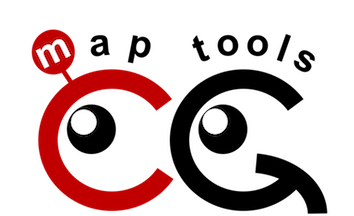Quick Start
In this section, we only show you some basic implementation of the CGmapTools toolset, please go to the tutorial page for more detail introduction of our CGmapTools.
Installation
|
|
1. DNA methylation profiles from alignments
Suppose we have aligned reads stored in BAM format files. Currently, we support alignments in bam format from BSseeker2 and bismark.
|
|
If it’s paired-end sequencing strategy, we recommend you add
--rmOverlapto the above command to remove overlapped region of two mate reads avoiding twice consideration of the same DNA fragment.
2. SNP calling using bisulfite sequencing data
After we have ATCGmap file, SNP calling can be performed.
|
|
There are two strategies we can use to call SNPs, binomial or bayesian mode. The default choice is the binomial mode as it’s faster, but the overall prediction precision of bayesian mode is better. If you are not in hurry, we recommand you the beyasian mode for more accuracy callings.
Also to increase prediction precision,--bayes-dynamicPis recommanded when using bayesian mode, which dynamicsly adjust p-value threshoulds according to the read coverage.
3. Allele-specific methylation (ASM) analysis
ASM is easy to perform by using asm utility in CGmapTools if you have already got SNP sites in vcf format.
|
|
4. Visualization of ASM
We present a new way to automatically display methylation on mapped reads, which we call Tanghulu plot.
|
|
Tanghulu plot supports two kinds of region format.
format 1, e.g.: chr1:133. This will ask CGmapTools to show reads mapped over this site. If this is a heterozygous SNP site, we recommand you to add assign the genotype option -g to resolve more vague reads caused by bisulfite coversion.
|
|
format 2, e.g.: chr1:133-144. This region format will tell CGmapTools to show reads mapped over this region.
|
|
